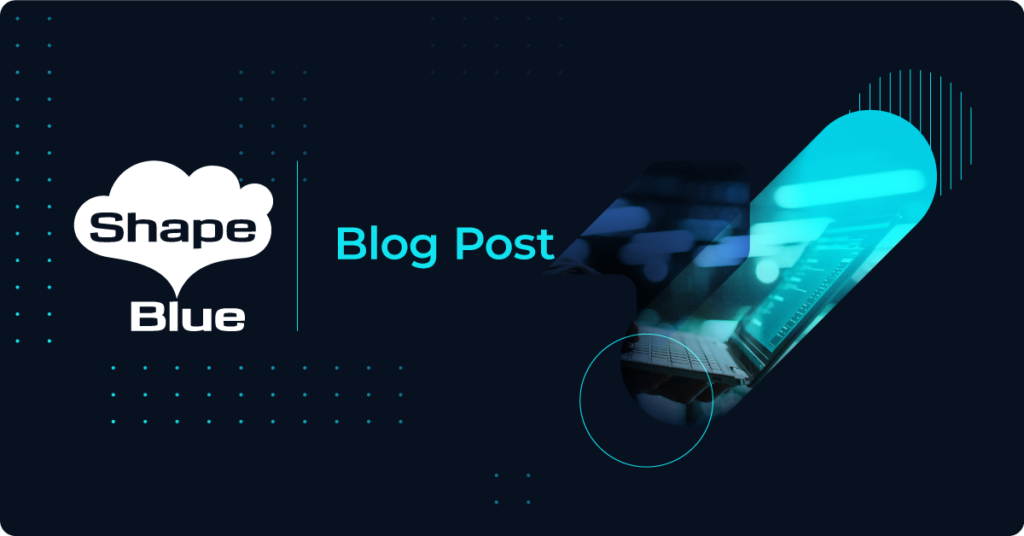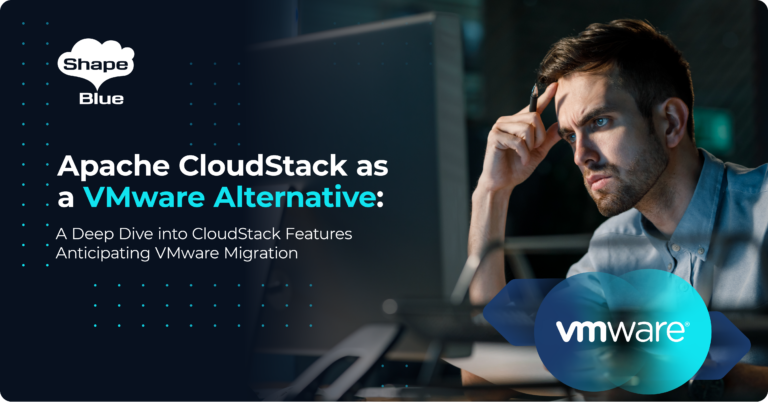Inter-VPC connectivity in CloudStack

Introduction In this article Abhinandan Prateek discusses a method for allowing inter-VPC routing in CloudStack utilising Quagga on the VPC Virtual Router. Please note – this feature is currently in development, this is being considered for release in CloudStack 4.10 (please refer to upcoming release notes for details). In CloudStack a VPC acts as a container for […]
Networking KVM for CloudStack

Introduction KVM hypervisor networking for CloudStack can sometimes be a challenge, considering KVM doesn’t quite have the matured guest networking model found in the likes of VMware vSphere and Citrix XenServer. In this blog post we’re looking at the options for networking KVM hosts using bridges and VLANs, and dive a bit deeper into the configuration […]
CloudStack Test Automation with Trillian and Jenkins

In the previous post, we introduced and described Trillian that can build various environments in which we could deploy a CloudStack zone and run Marvin based integration tests. In this post, we’ll describe how we are using Jenkins and Trillian to test CloudStack builds in various environments. Build Pipeline Our build pipeline can be seen in the attached […]
CloudStack Container Service –Available for download

Today we are delighted to announce General Availability of CloudStack Container Service (CCS): software that gives Cloud Service Providers a Container as a Service (CaaS) offering within their existing IaaS environments.. The software is immediately available for trial or commercial license. After the first release of the CloudStack Container Service in May, we have had […]
Trillian: Flexible, On-Demand Cloud Environment Creation

Marvin: “I think you ought to know I’m feeling very depressed.” Trillian: “Well, we have something that may take your mind off it.” Marvin: “It won’t work, I have an exceptionally large mind.“ Trillian was born from the need for us to create environments which we could run CloudStack’s Marvin test framework against, but the […]
Webinars: Delivering Containers as a Service with CloudStack Container Service | CloudStack Feature Deep Dive

The CloudStack Container Service allows service providers and enterprises to create a Container as a Service offering quickly and easily in their existing IaaS environments. ShapeBlue in conjunction with Skippbox are delighted to announce a series of educational webinars to explore this new technology and introduce the tools and techniques used to allow your users […]
Public CloudStack Packages

ShapeBlue , today, announced that we will be publicly hosting our public CloudStack repository and SystemVM templates. But why have we decided to do this ? Access to our CloudStack product patches Part of ShapeBlue’s CloudStack Software Engineering services, we provide a product patching service to our customers where we take an official CloudStack release that our […]
Shellshock and CloudStack

Shellshock is the family of bugs in the Unix Bash shell which allows an attacker to execute arbitrary commands on a vulnerable system potentially allowing an attacker to gain full access to that system. The bug (CVE-2014-6271) was first disclosed on 24 September 2014, upon closer inspection of the code, related vulnerabilities (CVE-2014-6277, CVE-2014-6278, CVE-2014-7169, CVE-2014-7186, and CVE-2014-7187) were […]
Simple CloudStack Deployment with KVM hosts

In this post Rohit Yadav, Software Architect, at ShapeBlue talks about setting up a Apache CloudStack (ACS) cloud on a single host with KVM and basic networking. This can be done on a VM or a physical host. Such a deployment can be useful in evaluating CloudStack locally and can be done in less than […]
Using CloudStack 4.3 with Microsoft Active Directory

CloudStack 4.3 provided further enhancements to the LDAP integration, and in this article we will look at how you configure CloudStack to authenticate against a Microsoft Active Directory Server. Enable AD Integration First step is to tell CloudStack about your Active Directory Servers (yes we can now have more than one) Go to Global Settings […]


